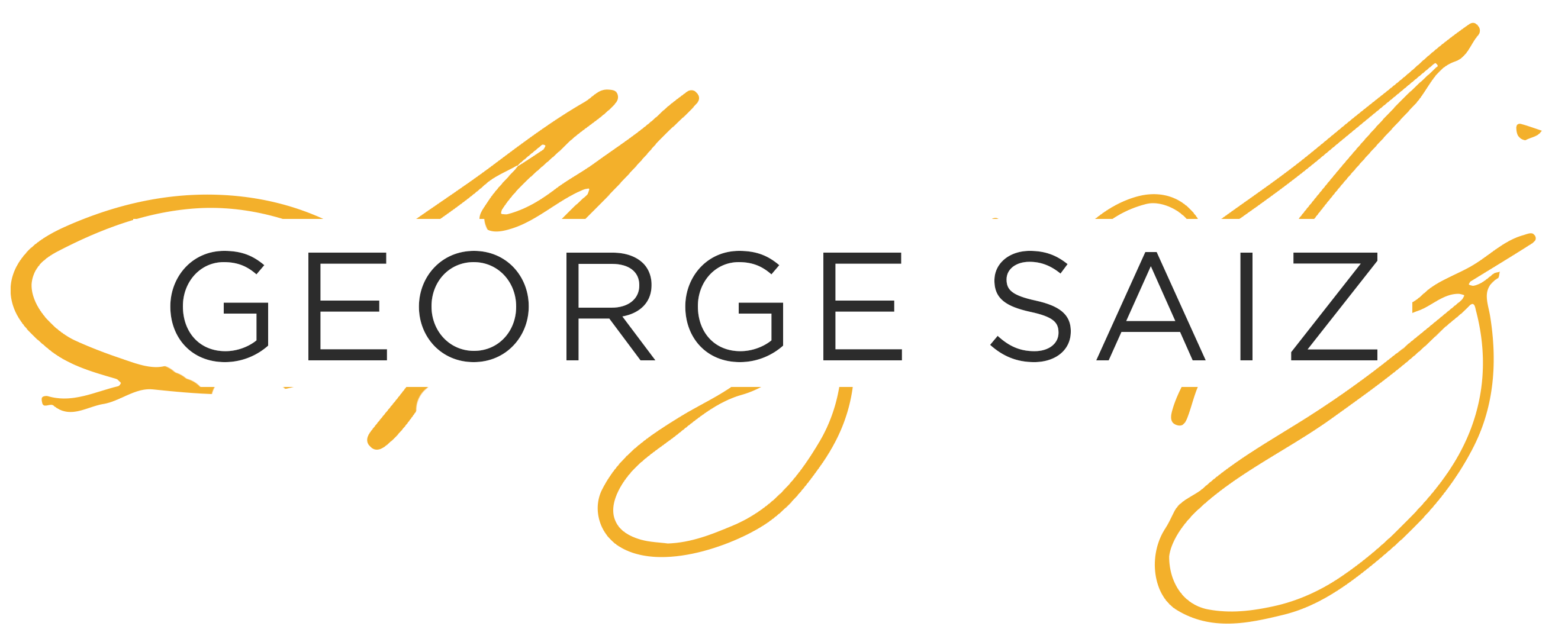I’m an advocate of building solid working relationships with your colleagues – those who report to you, those within your department and cross functionally where that makes sense. We don’t have to become best friends, but it’s important to understand the context of the behaviors of those around you that you interact with on a daily basis. We all have our nuances, so it’s important that we have a way to celebrate those nuances that are positive in our eyes, and yet cope with those that just may not be the way we would do things.
Many groups have completed workshops together to get to know each other—perhaps the Myers Briggs Test Indicator or DiSC, to name a few. I’d like to recommend two very simple exercises that don’t cost anything but your time and have been useful in the past. One is a single event while the other is an ongoing exercise.
The first, the single event, is the Lifeline Exercise—where team members share a little bit about the events that have shaped their lives. It’s fairly straightforward. To begin with, I encourage folks to share what they are comfortable with—as little or as much as they want to share. That’s an important part. And over the years, I’ve seen a broad range of sharing and it’s all useful for what we are trying to accomplish.
Begin with a wide sheet of paper and draw a line horizontally down the middle, which will be the timeline going from left to right. Then have three different colored sticky notes available. Each person will write out a sticky note for the significant events in their life beginning as far back as they can remember up to now. Use one specified color for events that are positive, one color for events that are negative, and one color for those events that are significant, but neither positive nor negative. Place the sticky notes along the timeline with the positive events above the line, the negative events below the line and the neither’s right on the line. Then designate in writing on the paper specific groupings of time. It may be by decade, or by geographic location—whatever makes sense to you on your timeline. Once everyone has completed it, then there’s a report out by each team member sharing their life story—again—and importantly—to the depth that they are willing to share.
It’s amazing what we have learned about each other when I’ve set these up in the past. It helps us better understand where each person comes from and what makes them—them. It brought us closer together as a team and we became much more understanding and compassionate with each other. We also developed respect as it seems that no one has an easy route in life. We’ve all undergone tests and trials and have had to deal with some level of difficulty and challenge. You’ll laugh together, you may cry, you will definitely be surprised—maybe even shocked!
The second exercise is a very simple—ongoing thing, that you can do with your teams. When you open each meeting, give everyone a brief chance to share “What’s new in your life?” You do have to be careful to limit it to a few minutes each, especially depending on the size of your group meeting. If you have a large group, you may have to be creative at how you allow everyone time to share.
In the past, when we started this, it usually begins slowly, and the comments are very surface based without much depth. Everyone is seeing how much they can trust before they share deeper things—either positive or negative.
However, once they see that they can trust each other, folks will share in more depth. Those times are an opportunity to celebrate with each other or perhaps be supportive of a special need or challenge. It helps us understand why we might see an upbeat face or a more somber look. When we see our teammates going through a tough time personally and they have an important project that they’re working on, we can rally around them and provide support. It really opens us up to building strong relationships—as coworkers and as people.
I hope these two examples provide you with an opportunity to consider your relationships with your teammates and think about how you can build and strengthen them. How do you all go about building relationships at work? It would be great to hear from those reading this blog.

